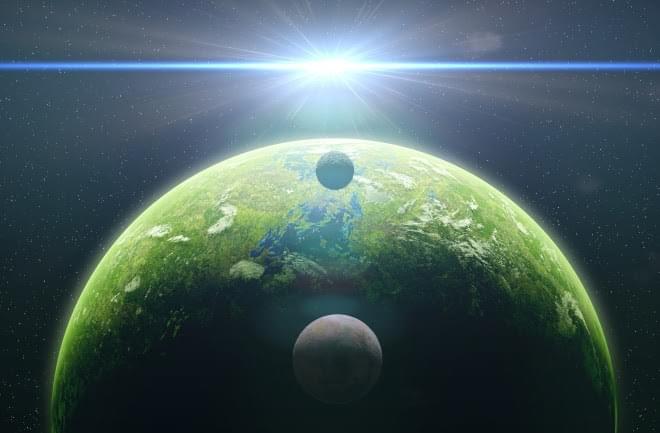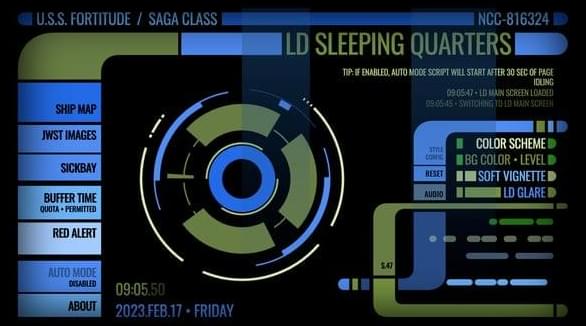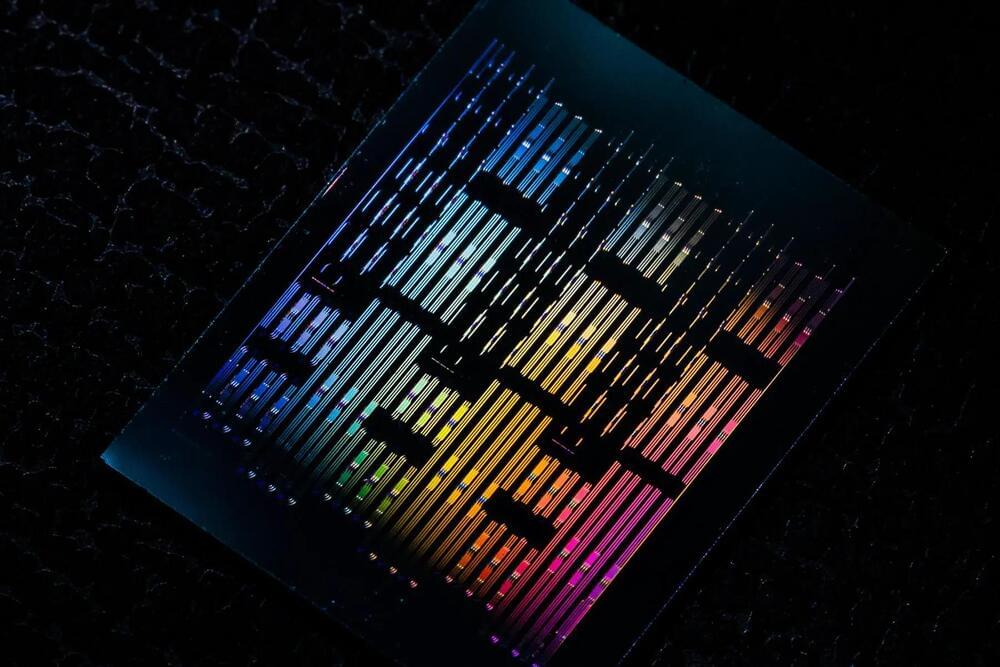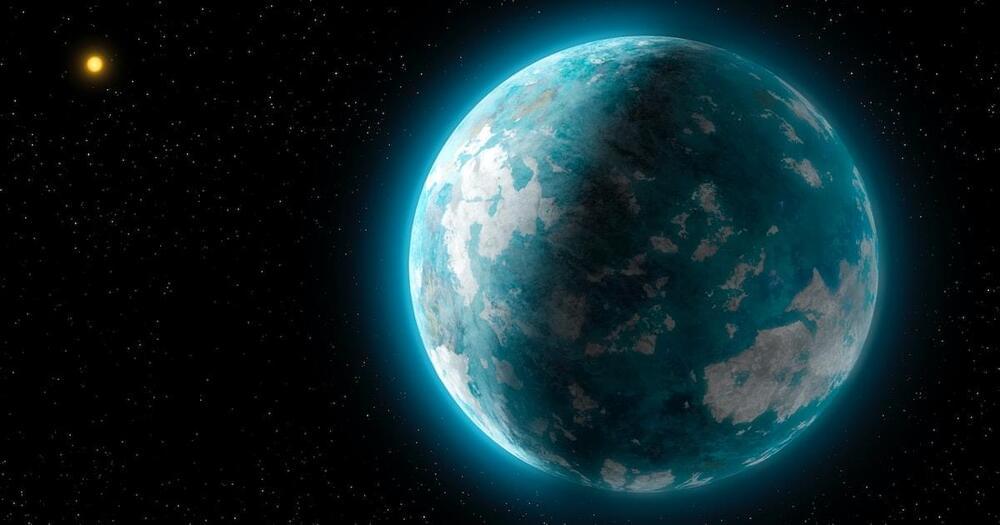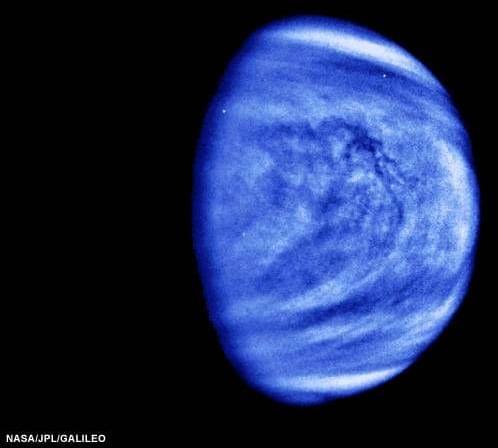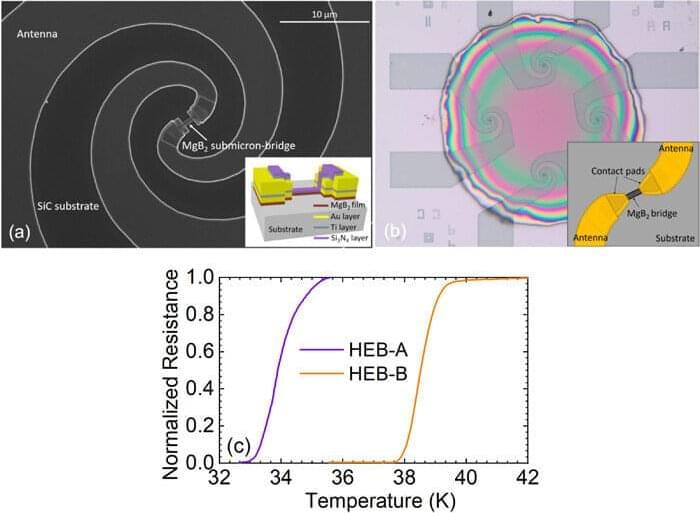Scientists’ insatiable search for finding another planet that could support human life has just got a leg up following the discovery of two Earth-like alien worlds. Both the spatial bodies have a mass similar to that of Earth and have been found in the habitable zone of a star so far known as GJ 1002. The star is one of the dwarf stars referred to as M dwarfs, which are stars that have only a fraction of the Sun’s mass and luminosity.
The discovery was made by scientists working at the Instituto de Astrofísica de Canarias (IAC) in Spain. Astrophysicist Vera María Passenger explained to Science Alert that GJ 1,002 was a “dwarf” star with a mass only one-eighth that of the Sun. “It is quite a cool, faint star. This means that its habitability zone is very close to the star.”
